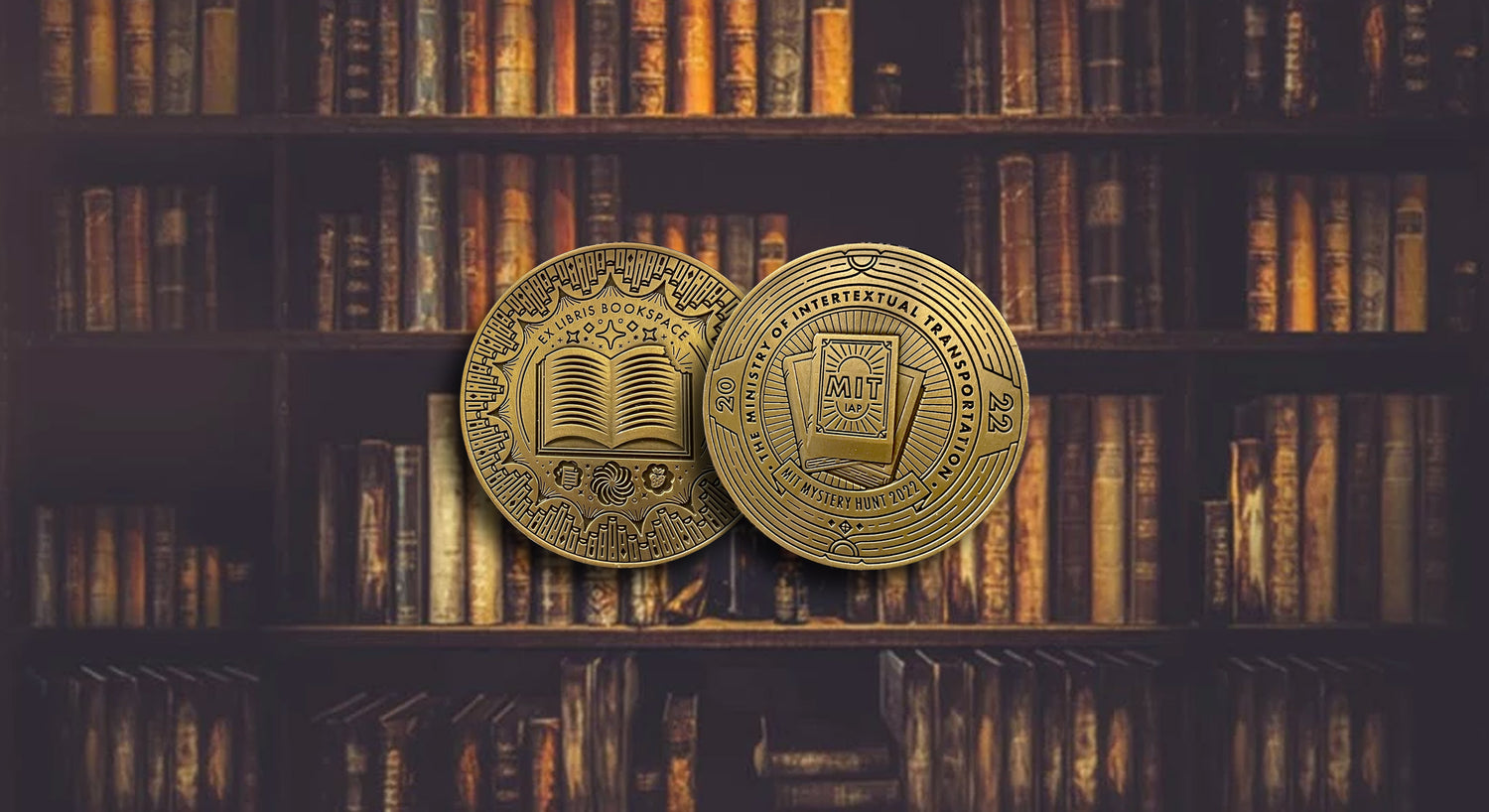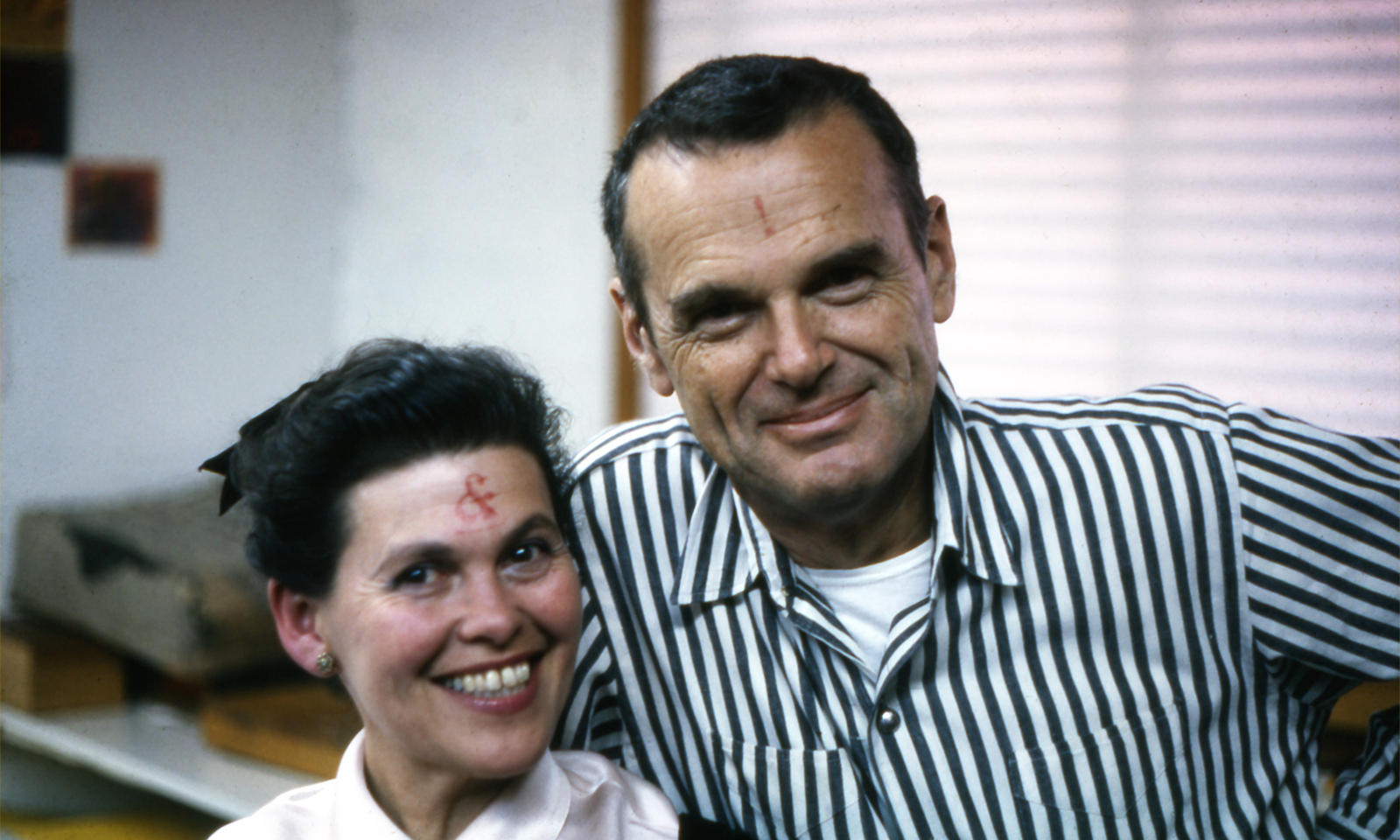Every January, the MIT Mystery Hunt pits some of the world’s best puzzle-solvers and game-lovers across the globe. Based at the Massachusetts Institute of Technology, the competition involves groups of players racing to solve a series of challenging puzzles produced by the team that won the year before. Each hunt revolves around a specific theme (“Sleep,” for example, in 2016) that isn’t announced until the games begin.
Held regularly since 1981, the Mystery Hunt, also known simply as the “Hunt,” is open to MIT students, members of the surrounding community, and anyone who loves puzzles. The Hunt usually consists of a series of challenges that advance players through the competition. Solving one puzzle leads to unlocking the next, and it’s not uncommon for teams to stay awake the allotted fifty hours to maximize the chance of advancing faster. Puzzles and “metapuzzles” (i.e. answers to puzzles that inform an overarching puzzle) are interrelated through a common theme, and the final puzzle awards a single winning team with a coin designed each year especially for the event. As holders of the coin, the winning team earns the right to both decide the theme and write games for the next year's Hunt.
One of those members from 2021, Ben Smith, was the source for swag related to the event and also one of the chief puzzle writers. “I’ve easily spent hundreds of hours in the past year writing, editing, test-solving, and wearing 20 other hats for everything we’ve come up with," he says. "It has truly felt like such a gift to be a part of the 42-year history of this event." Smith has been a fan of the Hunt since high school. When he moved to the Boston area after finishing college, he soon jumped in with the well-established Team Palindrome to attack the puzzles as a player.
For many of the teams and solo players registered for this year’s Hunt, winning the final prize was secondary—digging into the intellectual challenge and having fun with others was a more compelling motivation. “There are just as many teams that could be a dorm floor at MIT,” says Smith of 2022’s entrants. “Or another group of friends that just likes solving puzzles, with no real goal of being the first ones to find the coin.”
This year's theme, “Bookspace” (an exploration of both fiction and non-fiction), was presented to the 393 player groups who registered for the event. As in previous years, this year’s Hunt was divided into several “acts,” or sets of games. Each act contained a series of theme-based puzzles and metapuzzles that gradually increased in difficulty. Some of the tasks required by the solvers in each act included answering riddles, dissecting cryptograms, and responding to game questions with puns instead of ordinary sentences. The winning team, called “teammate,” claimed the prize coin on Sunday, January 16.
In 2021, the Hunt was fully online due to COVID-19 and led to an increase in the total number of puzzlers, some of whom had discovered the Hunt for the first time. “All puzzles for Mystery Hunt are online in some form or another,” says Smith. “There are plenty of styles people might be familiar with [like] crosswords, other variety word puzzles, cryptograms, logic puzzles, etc., but it can just as easily be a series of images with no further instructions, or a puzzle that’s nothing but instructions.”
This year’s Hunt, which began January 14, was also virtual, and brainstorming for 2023’s Hunt has yet to begin. But even if puzzles aren’t exactly your forte, consider joining in on the fun next year and training up in the meantime. "If a puzzle isn't your cup of tea, trust me, we have plenty of others,” Smith says. “One is bound to be your type of thing.”
Learn more by bookmark the official page for the MIT Mystery Hunt and keep checking for updates.
Written by Anne-Marie Yerks
Photos courtesy of Ben Smith







Leave a comment
This site is protected by hCaptcha and the hCaptcha Privacy Policy and Terms of Service apply.